Japan's new prime minister proposes base in Guam, where locals celebrate liberation from Japan
In short:
The new prime minister of Japan, Shigeru Ishiba, recently proposed revising security arrangements with the United States including stationing its troops on Guam.
Every year Guam residents celebrate Liberation Day to mark the US defeat of Japan in the Pacific territory — the 80th anniversary of which was celebrated in 2024.
What's next?
As a territory controlled by the US, Guam's indigenous Chamorro people don't have a say in whether Japanese troops could return — but many locals do not like the idea.
Japan's new prime minister Shigeru Ishiba has called for the establishment of a Japanese military presence on the strategically important Pacific island of Guam — a move locals say could "tear open wounds" from World War II.
His comments on foreign policy — made just days days before being elected president of Japan's ruling Liberal Democratic Party in late September — were provided to the Hudson Institute in Washington.
According to a translation by the conservative think tank, Mr Ishiba said the treaty that has governed US-Japan security arrangements since 1960 could be revised to allow Japan's Self-Defense Forces to be stationed in Guam "to strengthen the deterrence capabilities of Japan and the US".
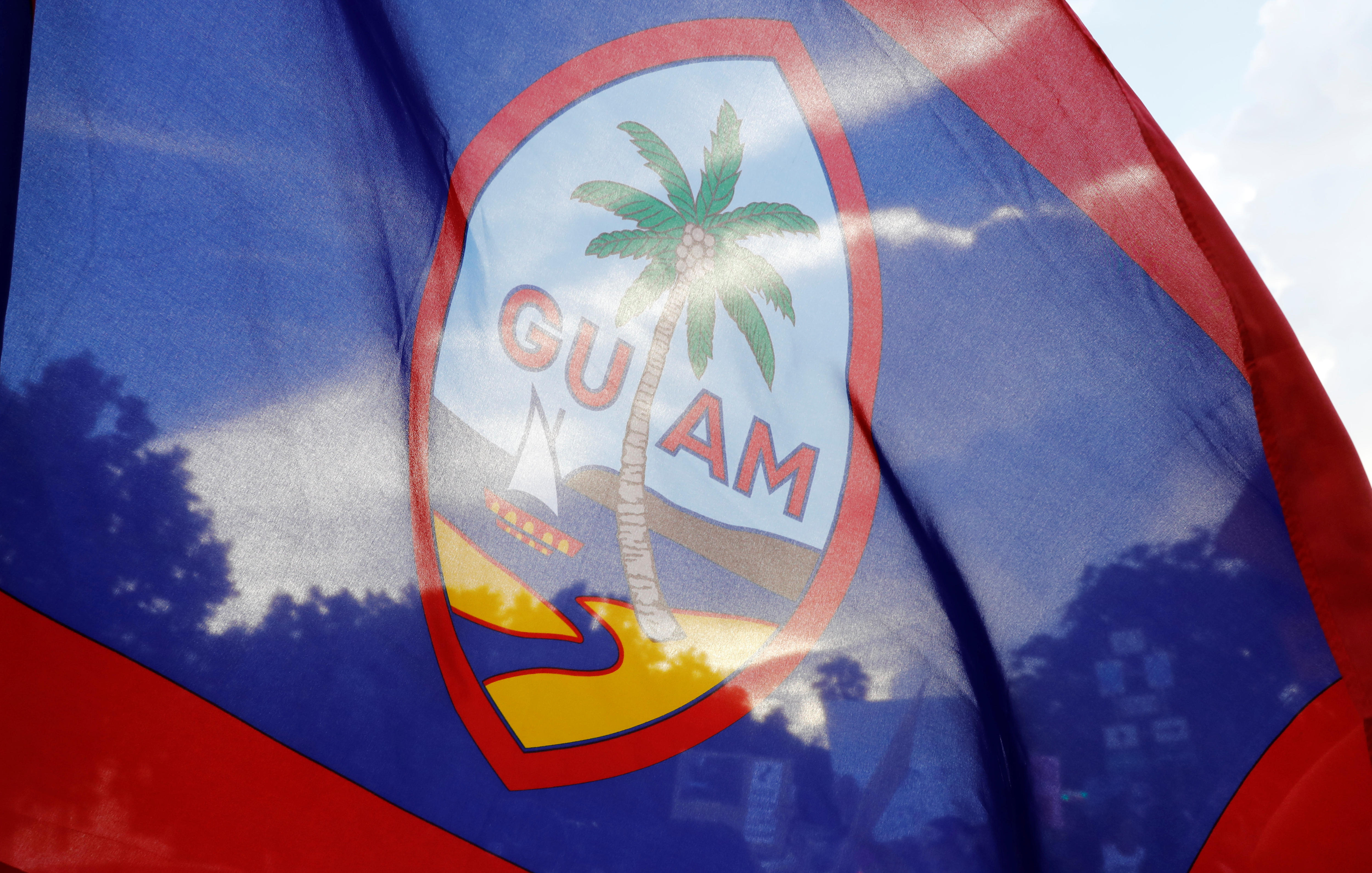
Japan is the source for much of Guam's tourism industry revenue.
But the idea is unlikely to be popular in Guam, which has remained a US territory since American troops captured it in 1944.
Guam Museum's curator Michael Lujan Bevacqua, himself a member of the Indigenous Chamorro community, said he was "very taken aback" to hear Mr Ishiba's proposal — a feeling he said was shared by many on social media.
"That frustration and anger is compounded by the fact that no-one on Guam gets to have any say over whether it does happen or not, because we're a [US] territory," Dr Bevacqua told the ABC.
"It's just something that gets decided between Washington and Tokyo."
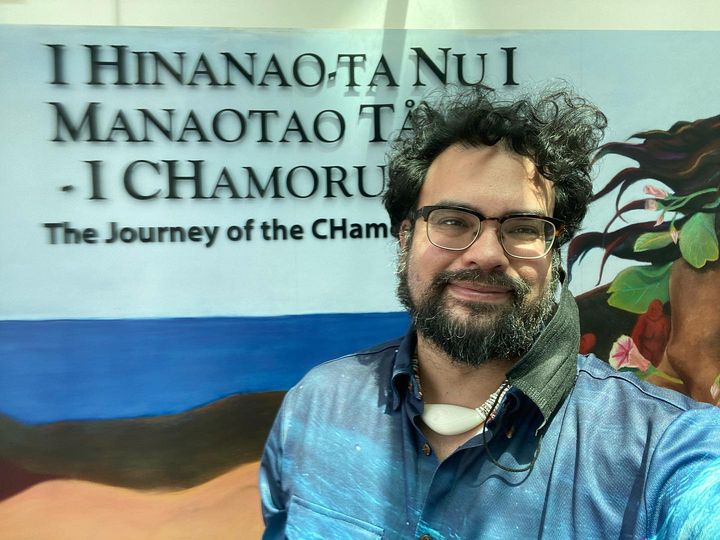
A Japanese return to Guam would "tear open wounds" from World War II, says Michael Lujan Bevacqua.
A dark history of Japanese atrocities in Guam
Imperial Japan's forces occupied the island for 32 months during World War II, where they aggressively tried to assimilate the Indigenous Chamorro people.
Guamanians marked the 80th anniversary of liberation in July this year.
"Liberation is the biggest celebration of our islands here in Guam," Krystal Paco-San Agustin, the communications director at the Guam governor's office, told the ABC's Pacific Beat at the time.

Japanese prisoners of war in Guam after hearing Emperor Hirohito announce Japan's unconditional surrender in August 1945.
She said it was an opportunity to reflect on "the atrocities of World War II and how Guam was in the crosshairs of a war not of our doing".
"There was hunger, there was forced labour, there were rapes and other atrocities."
Dr Bevacqua from Guam Museum said that during the 32 months of occupation "thousands of Chamorro people were forced to work for the Japanese in fields to feed them".
"Hundreds of Chamorros were executed," he said.
Japan's move away from pacifism
Under Mr Ishiba's predecessors, Japanese defence policy has shifted away from norms set after World War II that enshrined strict pacifism in the country's constitution — a document largely written by the US.
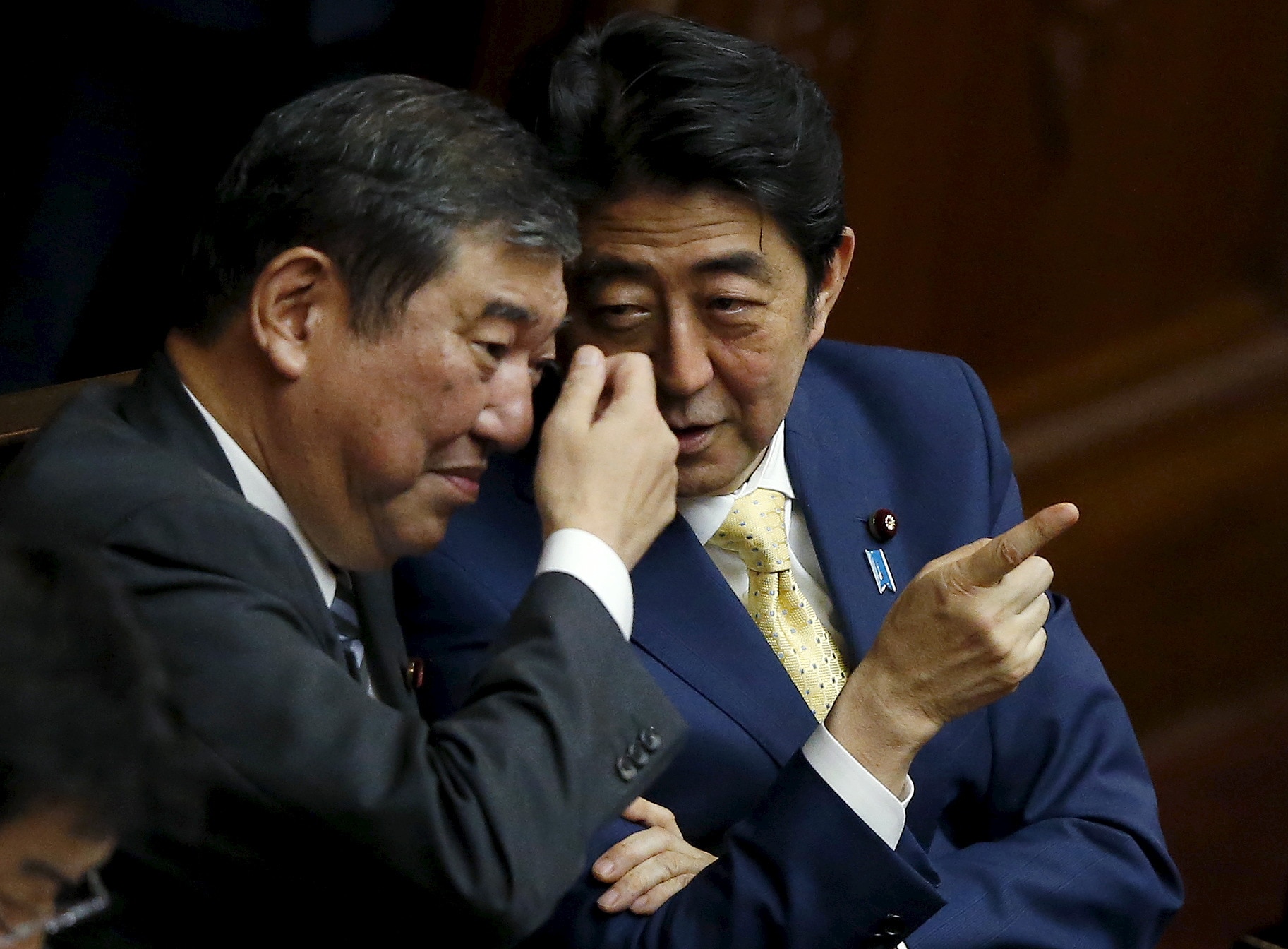
Mr Ishiba with Japan's then prime minister Shinzo Abe in 2015.
Many on the right-wing of Japanese politics argue these longstanding arrangements are insufficient in light of China's growing military might and threats from the North Korean regime.
"Japan must have its own military strategy and become independent in terms of security," Mr Ishiba said in his comments to the Hudson Institute.
"The current Japan-US security treaty is structured so that the US is obligated to 'defend' Japan, and Japan is obligated to 'provide bases' to the US.
"The time is ripe to change this 'asymmetrical bilateral treaty'."
There are almost 10,000 US defence personnel based in Guam, with soldiers and their dependents accounting for some 14 per cent of the island's population according to its 2020 census.
And that number is set to rise.
The process of transferring 4,000 US Marine Corps troops from the Japanese island of Okinawa to Guam will begin in December this year.
Environmental campaigner and Chamorro woman Joni Kerr said that she was concerned the marines would not "behave themselves" and that "what happened in Okinawa would be repeated in Guam".
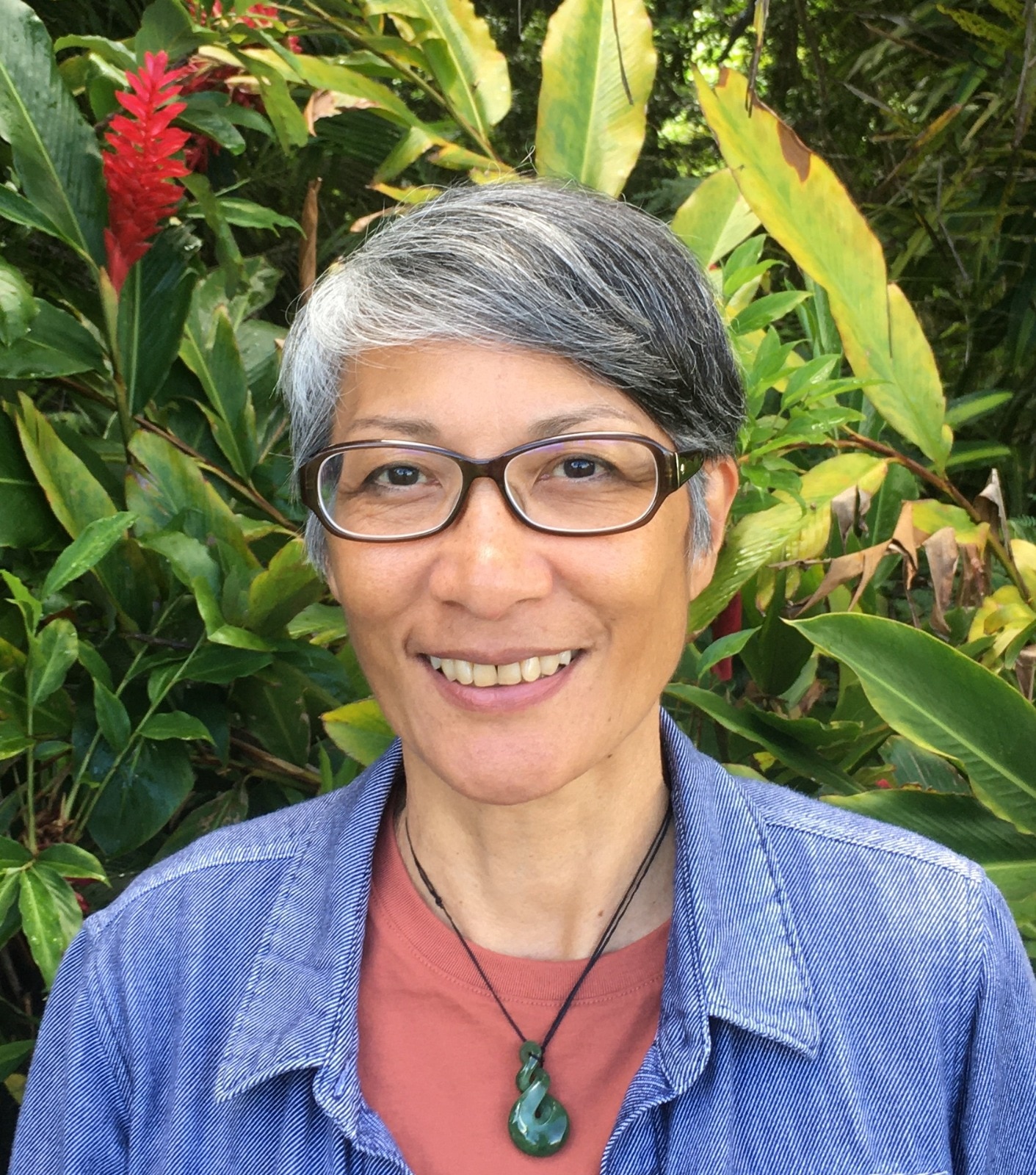
Joni Kerr is a member of Guam's indigenous Chamorro community.
She said in spite of the "fairly congenial relationship" that Guam residents enjoyed with Japan and Japanese tourists, the establishment of a military presence would put even greater pressure on the island.
"A Japanese military presence would compound increasing tensions in the region between the US and China and North Korea," she said.
Ms Kerr said while many people on Guam considered the military build-up to be a positive thing, "it makes Guam a target and there are no plans to build shelters to protect the local population should a missile strike occur".
Council on Foreign Relations analysts Clara Fong and Diana Roy wrote last month that "the island could serve as a critical logistics hub in a potential conflict over Taiwan".
"But Guam's strategic value — its proximity to China and North Korea — also makes it more vulnerable to attacks," they wrote.
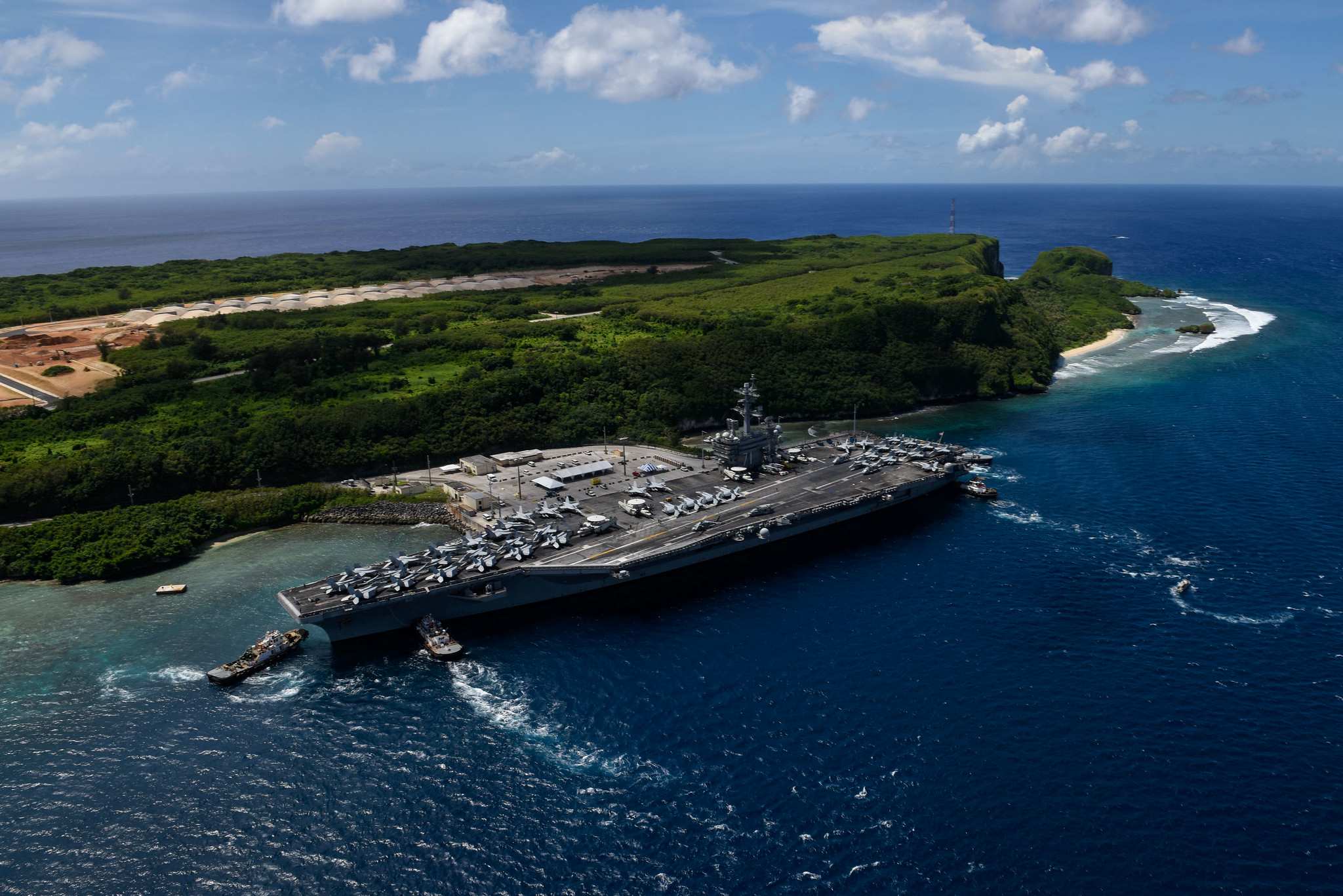
The aircraft carrier USS Theodore Roosevelt during a routine stop at the US Navy base in Guam.
Despite Guam's traumatic history of Japanese occupation, people from Japan have been one of the biggest tourist markets for Guam in the decades since.
"They've been a great contributor to our economy and our growth and development here on the island," said Ms Agustin from the Guam governor's office, who said it "speaks volumes" about the level of forgiveness and friendship that developed postwar.
But Dr Bevacqua said: "It is one thing for the Japanese to come back as tourists, but it's another for the Japanese military to come back to the island.
"This will tear open wounds that people have felt had healed, or had scarred over."
Given Mr Ishiba's comments to the Hudson Institute were made prior to becoming prime minister they represented his personal views as a member of the National Diet, Japan's legislature.
His government's defence strategy thus remains to be seen.
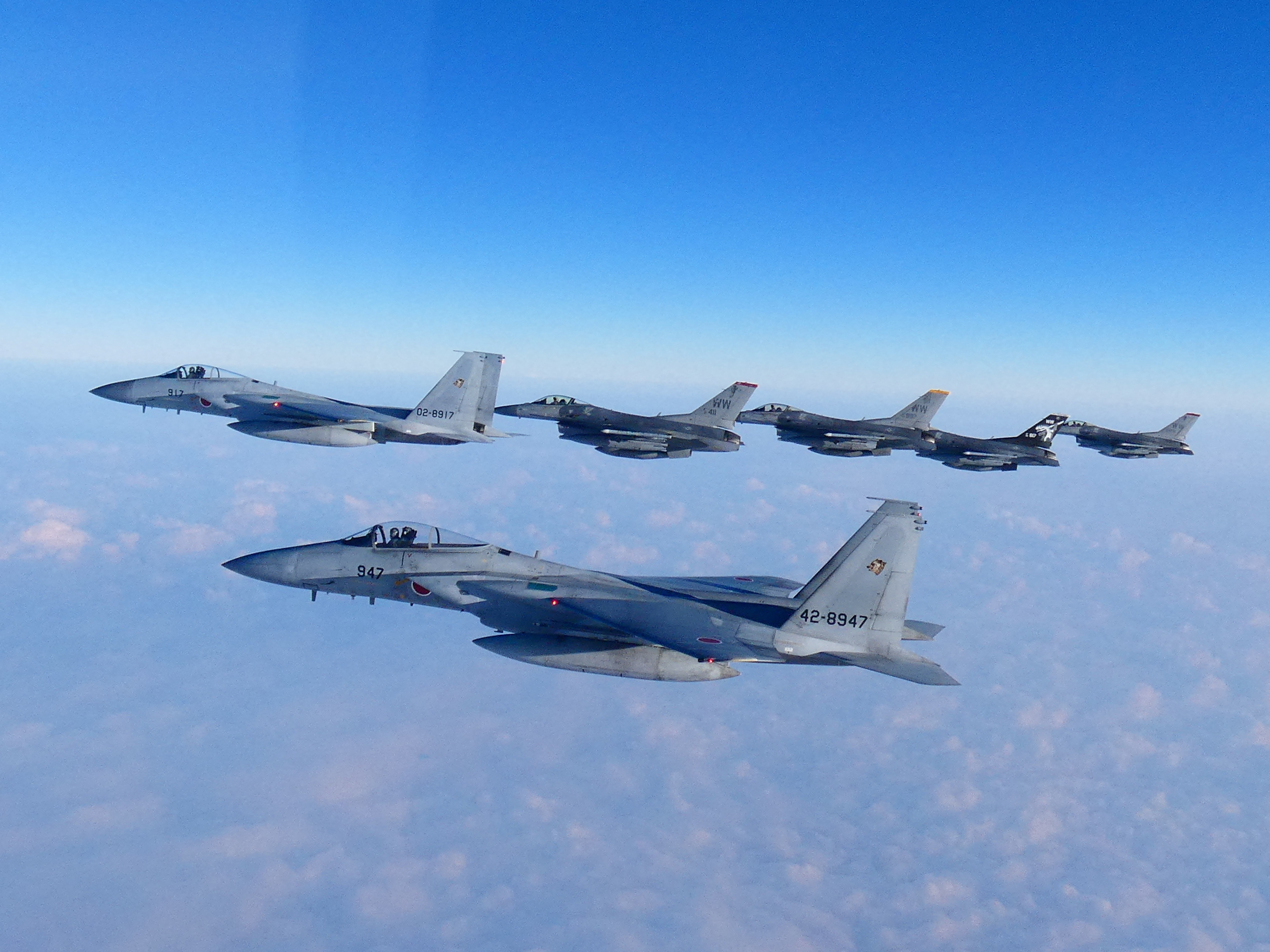
Japanese Air Self-Defense Force fighter jets in a joint military drill with US Air Force fighters over the Sea of Japan last year.
Still, in an interview with the Asahi Shimbun newspaper, the Hudson Institute's Japan chair Kenneth Weinstein described Mr Ishiba as an "outside-the-box thinker" who was "willing to raise issues, whether publicly or privately, that others have been, too timid to ask".
For Dr Bevacqua from Guam Museum, it was another example of Guam and its Indigenous people being caught between rival "empires".
"If this is a decision between them — we the people of Guam have to live with the consequences."
By:https://www.abc.net.au/news/2024-10-08/japan-prime-minister-shigeru-ishiba-military-base-guam/104427378(责任编辑:admin)
下一篇:A Fat Bear Week rematch could be on the cards as heavyweights progress to finals
 Socceroos rescue a point
Socceroos rescue a point  Wallabies thrash Wales 52
Wallabies thrash Wales 52 Jake Paul beats Mike Tyso
Jake Paul beats Mike Tyso Live updates: England vs
Live updates: England vs  US election 2024: Donald
US election 2024: Donald 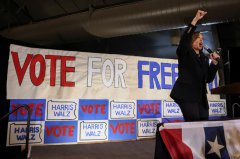 US election live: Kamala
US election live: Kamala
- ·North Korea's latest weapon agains
- ·Hezbollah says Israel 'cannot impo
- ·Inside the rise of US oligarchs and how
- ·Thailand's worst suspected serial
- ·Tabi shoes are turning heads from Holly
- ·FBI arrests Florida man planning attack
- ·Illegal immigrant gets life sentence fo
- ·Bibles, water, watches and sneakers: Do
- ·North Korea's latest weapon against
- ·Hezbollah says Israel 'cannot impose
- ·Inside the rise of US oligarchs and how i
- ·Thailand's worst suspected serial ki
- ·Tabi shoes are turning heads from Hollywo
- ·FBI arrests Florida man planning attack o
- ·Illegal immigrant gets life sentence for
- ·Bibles, water, watches and sneakers: Dona
- ·US to give Kyiv anti-personnel landmines
- ·An arrest warrant for Benjamin Netanyahu
- ·One of Vietnam's high-profile politi
- ·Shanghai Walmart Attack: A Man Randomly S
- ·South Korean police officers jailed over
- ·Cambodia publicly shames maid deported af
- ·North Korea to use all forces including n
- ·Philippines condemns China attack of Viet
- ·US adds 2 more Chinese companies to Uyghu
- ·North Korean defector steals South Korean
- ·Malaysia deports Cambodian worker for cal
- ·Rebels battle for Myanmar junta’s weste

